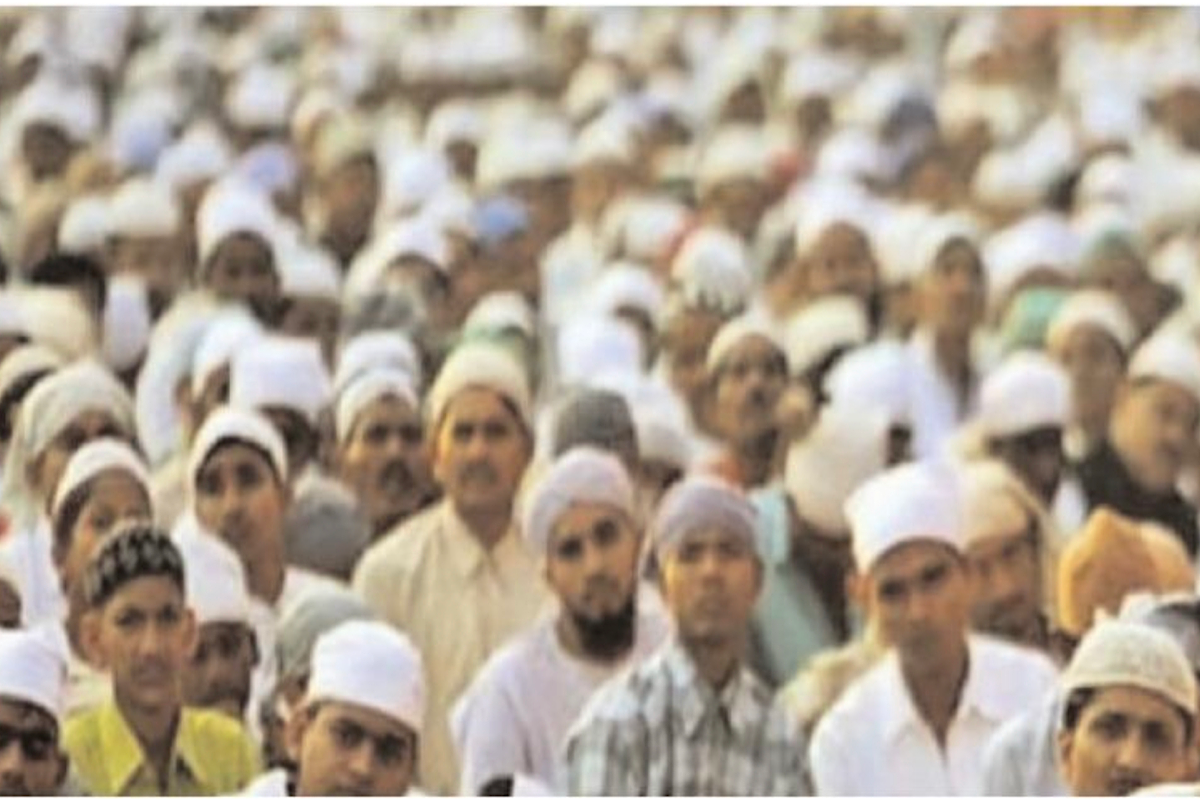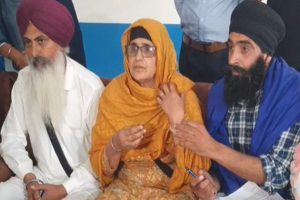A common myth perpetuated by the anti-Muslim brigade is that Muslims will outnumber Hindus in a long run The more hysterical postings claim large-scale conversions to Islam will occur and that there will be widespread killing of non-Muslims. But Muslims are not the only targeted religious group.
In fact, in India, the growth rate of Muslims has declined. Many of these conclusions are not based on sound logic. There are a lot of political agendas to manipulate vote banks. One should not overlook the dimension of poverty in the population dynamics. Poverty has a direct bearing on family demographics. Those living in extreme poverty feel their children are more vulnerable to sickness for which they cannot afford the expenses. To offset the fear of losing children to fatal diseases, they hedge this risk by having more children.
There is a direct relationship between poverty and fertility and an inverse relations- hip between fertility and higher per capita income. That new economic programmes are slowly delivering results and improved living conditions is bound to transform the mindset of this seg- ment of the population.
A new report forecasts that the number of Muslims worldwide will grow over the next 20 ye- ars at twice the rate of non-Mus- lims but that the rapid growth will decrease. With more Muslim women getting educations and jobs, people migrating to cities, and living standards improving, the report says, the birthrate in majority-Muslim countries will come to more closely resemble the pattern in other nations.
Rural women, particularly Muslim women, live in the stranglehold of harsh customs. They are primarily underpowered and are often unable to act on their behalf to obtain family planning services to regulate their child bearing. They are also likely to believe that bearing many children will provide a bulwark against poverty in their old age. The financially better-off have easy access to many financial security programmes for planning for a peaceful and hassle free old age. The poor carry a wrong perception that having more children will pro- vide additional sources of earning, and thus, they will have a better kitty to cope with life’s eventualities. Fortunately, there is a growing awareness among
the new generation of women. Muslim women also challenge the patriarchy that all women experience around unequal power hierarchies.
Muslim women’s activism for education and equal opportunities is usually underpinned by their emancipatory readings of foundational Islamic texts. The new wave of awareness of the priority of education has catapulted Muslim women from the hearth to postions in various fields. The ripple benefits of this new development are bound to impact their thinking and demographic pro- files.
The current decline is also directly related to the fact that the younger generation of Muslims is more educated and aspirational. Educated and aspirational Muslim women are as careful about family planning as their Hindu counterparts in India. I know countless young Muslim couples in their 30s who have no children despite family pressures because they do not want a child unless they can give it their best.
Global trends also show that the growth of the Muslim population has slowed down and will match the average demographic equation in the foreseeable future. Muslim fertility rates (2.3) have declined faster than any other community, approaching replacement level fertility ( TFR=2.1), as evi- denced by empirical surveys like the National Family Health Survey (NFHS-5).
A recent study from the Pew Research Center on religion and public life demonstrates that neither the U.K. nor Europe is in danger of a Muslim takeover, whatever conservative America may believe. “The Fut ure of the Population: Projections for 2010-2030” is a significant and comprehensive study that focuses on the Muslim populations in North America, Europe, Africa and the Asia-Pacific and provides a revealing look into the future of the Muslim population worldwide and the future religious makeup of the world.
The study says that the global Muslim population is expected to grow faster than non- Muslim populations but that the Muslim population is projected to grow slower than it did during the previous two decades. The Pew findings demonstrate that fear of a Muslim takeover is ess- entially the product of hysteria. France is not headed toward becoming an Islamic republic by 2048, as has been claimed, and Germany is not on its way to be- coming a Muslim state by 2050.
Muslim population growth is still out of sync with global trends, but if the latest findings hold up, it should get there soon. The truism is that there is not much to despair about on the population front or to conjure fantasies of Muslim hegemony. What is required is not a political lens.
It is the economic prism through which we should view the whole issue and focus on programmes that can further refine the demographic equation and correct the skewed profile.
It is often argued that Muslim women’s exceedingly high childbearing rates hinder their life prospects. However, the fact is that Muslim fertility rates (2.3) have declined faster than any ot- her community, approaching replacement level fertility ( TFR=2.1), as evidenced by empirical surveys like the National Family Health Survey (NFHS-5). This leads to the conclusion they have successfully adopted family planning programmes despite their low literacy rate, poverty, and social marginalization.
Strangely, the findings and projections of authoritative studies are less likely to circulate as widely or quickly as statistics about predictions of a Muslim takeover. Commentators seem more focused on ringing false alarm bells than on presenting facts.
The reality is that there is no takeover but a danger of intolerance threatening society’s very fabric.
We are not witnessing a clash of civilizations but cultures fostered by those who portray Islam as a monolith. These people see religious and cultural diversity as a threat rather than a potential source of strength and enrichment. The liberal democratic heritage and fabric of our societies must be safeguarded and fearmongering, religious and racial discrim- ination rejected and marginalized in a future based on facts not fiction
(The writer is an author, researcher and development professional. He can be reached at moinqazi123@gmail.com)











